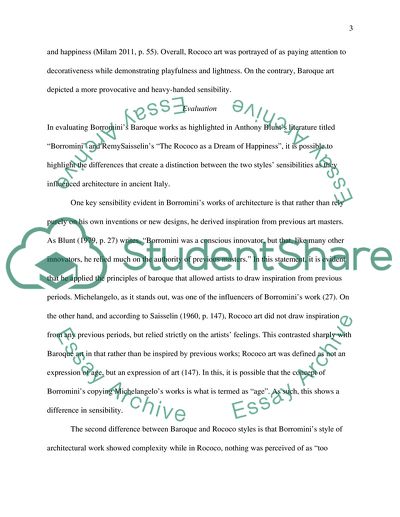Cite this document
(“Baroque and Rococo styles Essay Example | Topics and Well Written Essays - 1250 words”, n.d.)
Baroque and Rococo styles Essay Example | Topics and Well Written Essays - 1250 words. Retrieved from https://studentshare.org/architecture/1691731-baroque-and-rococo-styles
Baroque and Rococo styles Essay Example | Topics and Well Written Essays - 1250 words. Retrieved from https://studentshare.org/architecture/1691731-baroque-and-rococo-styles
(Baroque and Rococo Styles Essay Example | Topics and Well Written Essays - 1250 Words)
Baroque and Rococo Styles Essay Example | Topics and Well Written Essays - 1250 Words. https://studentshare.org/architecture/1691731-baroque-and-rococo-styles.
Baroque and Rococo Styles Essay Example | Topics and Well Written Essays - 1250 Words. https://studentshare.org/architecture/1691731-baroque-and-rococo-styles.
“Baroque and Rococo Styles Essay Example | Topics and Well Written Essays - 1250 Words”, n.d. https://studentshare.org/architecture/1691731-baroque-and-rococo-styles.


